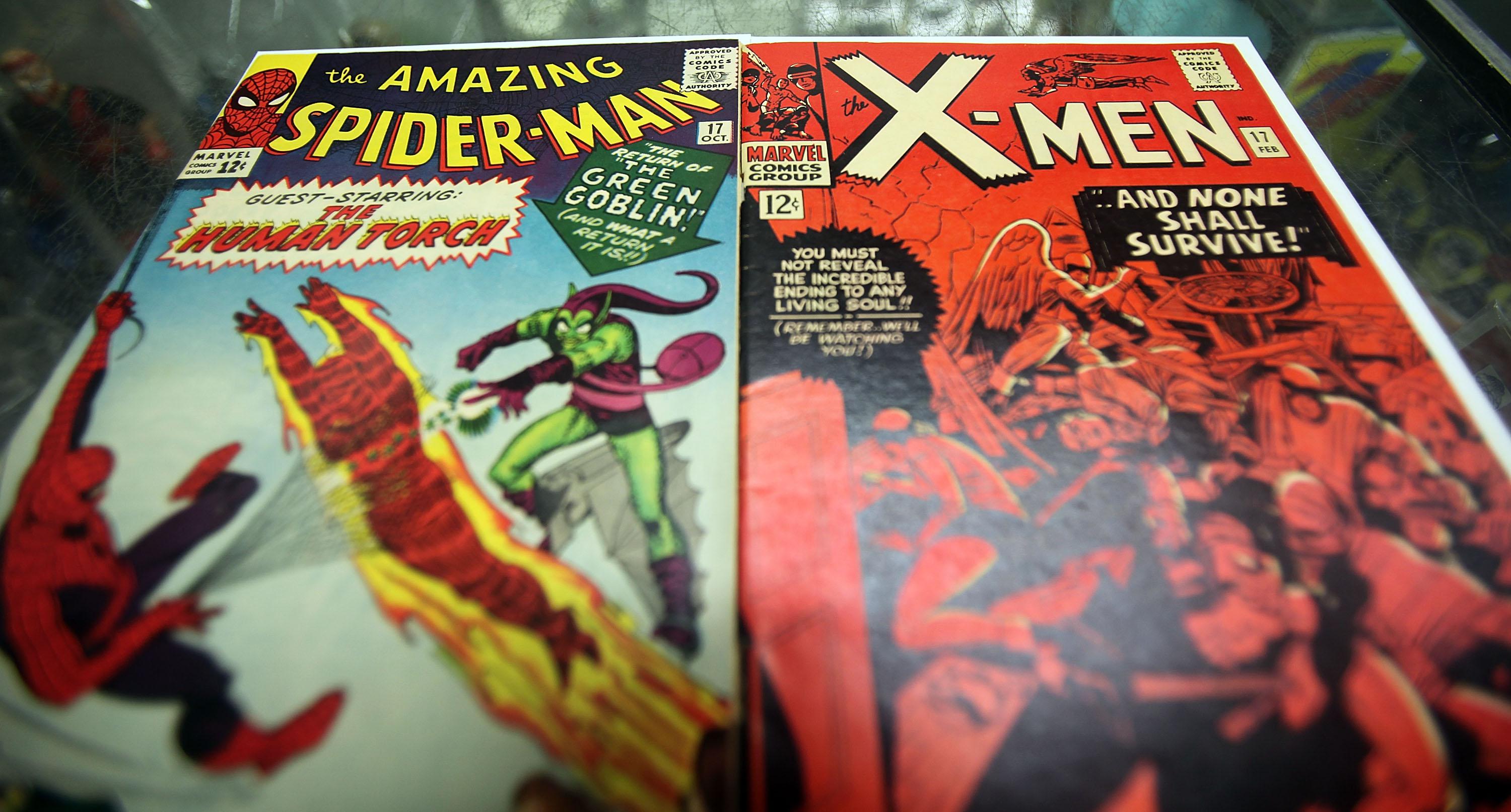This question originally appeared on Quora, the best answer to any question. Ask a question, get a great answer. Learn from experts and get insider knowledge. You can follow Quora on Twitter, Facebook, and Google Plus.
Answer by Robert Frost, owns more than 15,000 comics:
The value of a rare comic is determined by the amount someone is willing to pay for it.
In 1938, when Action Comics No. 1 hit the newsstands, very few people thought about collectibility. The comic was just an inexpensive and disposable form of entertainment. Some kids read them until they fell apart. Some lined their birdcages with them. In the 1950s, a corrupt psychologist persuaded people to burn them. Even if kids did treasure them and save them, there was a good chance their mothers would dispose of them while they were away at school or the Army. So very few issues of that comic, or any other comics from that time period, were preserved. Very, very few were preserved properly. Most have frayed spines and yellowed pages. The one that sold on eBay was one of a handful that still looked as good as the day it was printed. That made it very much in demand by collectors.
But there is no fixed value for such a thing. Demand, willingness, and capability to pay fully define the value.
Comic book price guides, such as the Overstreet Comic Book Price Guide or GP Analysis, continually collect data from dealers and auction houses about the sales of comic books. This data is compiled to form the price guides. For example, if during 2013 50 copies of Spider-Man No. 36 sell, and their average sale price is $60, the price guide will be updated for that issue to show a value of $60.
It’s a little more complicated than that, because the condition of a comic greatly affects its value. A comic with a folded spine or yellowed pages or a torn corner will be less valuable that a comic without that damage. Companies such Certified Guaranty Company have established themselves as standards for grading the condition of comics. They grade on a 10-point scale, with 10 being a comic in absolutely perfect condition. A comic in near mint condition would be a 9.4. A comic in fine condition would be 6. A comic in good condition would be a 2. This Action Comics No. 1 is in a wonderful 9-point condition.
The data collected from sellers might show that that Spider-Man No. 36 tended to sell for $90 in near mint condition, $60 in fine condition, and $30 in fair condition.
The important thing to understand is that just because the price guide shows a value doesn’t mean a buyer can be found willing to pay that much. A comic is only as valuable as someone is willing to pay for it, today and right here.
Now, as to why someone would pay that much, there’s a lot of research to be done in the psychology of collecting. It’s addictive. I’ve collected comics since I was 5 years old. I feel like a custodian preserving pieces of history for the future. I feel nostalgia for my childhood. I feel a sense of victory when a long-sought issue is found or when a run of issues is completed. There’s a pride in having something that others don’t have. There’s a lot going on in the brain when I’m collecting. It’s very pleasurable. There’s also an appreciation of art involved.
I will never be able to afford a copy of Action Comics No. 1. I will never be able to afford a torn-out page from a copy of Action Comics No. 1 that has been urinated on by a cat. But, oh, to own an original copy of the comic that started it all—that would be amazing. A little more than 75 years ago, two Jewish kids from Cleveland wrote and illustrated a story that borrowed from the tales they grew up hearing in synagogue. They told that story in a bold new way, and a publisher took a risk and printed it. They created Superman—the hero that kicked off the flood of creativity that has helped define American culture ever since. It is a remarkably important piece of history. It is easy for me to see why a wealthy collector would happily pay $3.2 million to own and preserve such an item.
More questions on Quora:
